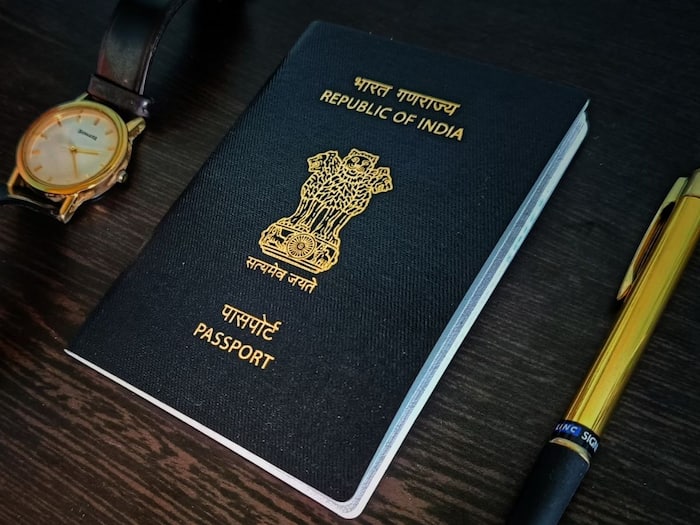
Written By Shubham Arora
Published By: Shubham Arora | Published: Sep 25, 2025, 12:01 AM (IST)

India has officially rolled out e-passports, marking a significant step toward modernising international travel and tightening security. First introduced as a pilot project in April 2024 by the Ministry of External Affairs (MEA), the service has now expanded to select Passport Seva Kendras (PSKs) and Post Office Passport Seva Kendras (POPSKs). More centres are expected to join in the coming months, making the service widely accessible.
The e-passport can be easily identified by a gold-coloured emblem printed just below the “Passport” title on the front cover. While the change may seem subtle, it signals a big leap in both convenience and security.
Unlike the traditional booklet, the new version comes with a Radio Frequency Identification (RFID) chip and antenna built into its front cover. This tiny chip stores the holder’s biometric and personal details — including fingerprints, iris scans, a digital photograph, and basic information like name, date of birth, and passport number — all in an encrypted format.
The data is encrypted and contactless, readable only by authorised systems, which makes it difficult to forge or tamper with. By aligning with International Civil Aviation Organisation (ICAO) standards, India joins the list of countries offering globally recognised biometric passports, ensuring smoother verification at airports and reduced chances of identity theft.
The application process is almost the same as a regular passport, with just a few extra steps:
For travellers, the e-passport promises faster immigration checks and better protection of personal data. For the government, it strengthens border control and cuts down on forgery and identity fraud.